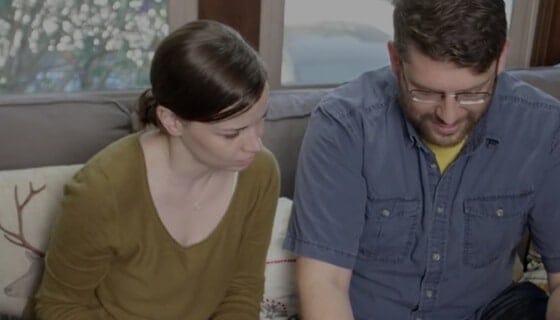We love hearing from you. Your stories inspire us and others!
Genetics just got personal.®
These are the stories of 23andMe customers. Your experience may be different since everybody's DNA is unique.
"Two self-described nerds in love"
Christopher had been racking his brain. What could he get his girlfriend Colleen for Valentine's Day that would be a unique and heartfelt gift?
Christopher decided a 23andMe kit was the perfect gift. Colleen is quick to add that Christopher did include flowers, homemade chocolate cake and a sweet note. He described the 23andMe kit as a gift of her past, present and future since she would learn about her ancestry, her traits and some health information.
He had already shared his 23andMe results during one of their first dates, and he told Colleen how he was genetically less likely to smell asparagus in his urine. She was interested and not horrified. He knew this was someone special.
Colleen said it was not the traditional kind of Valentine's Day gift, but just perfect for two self-described nerds in love.
